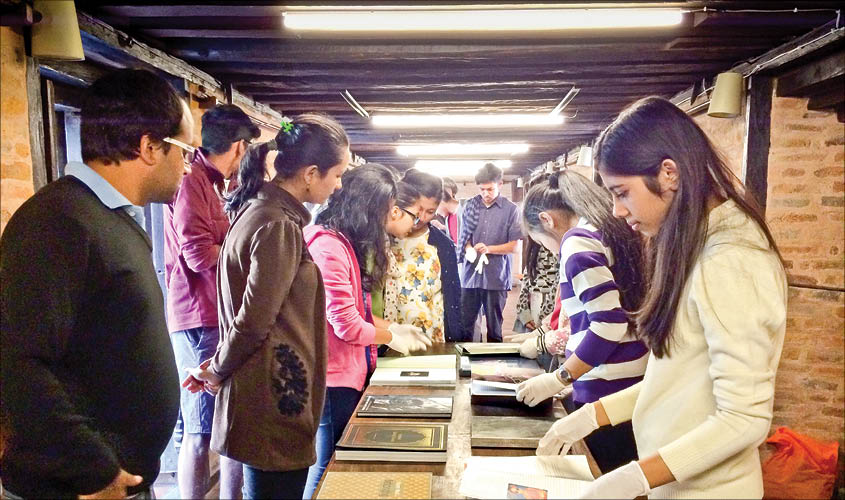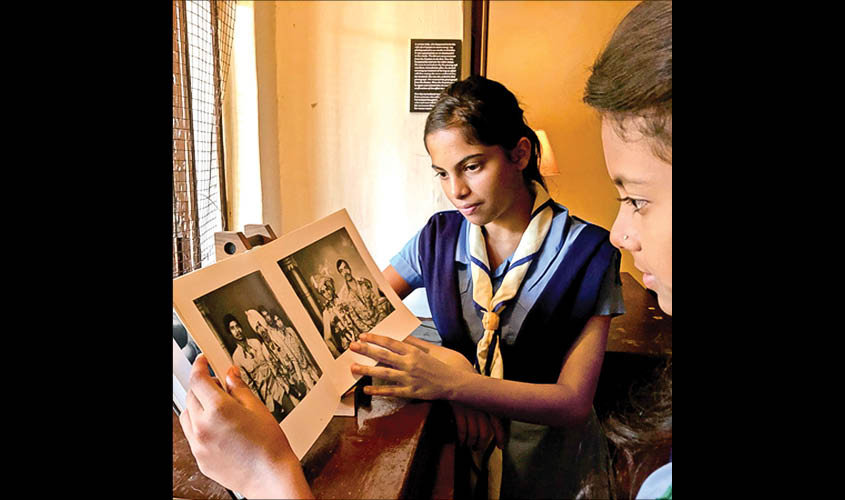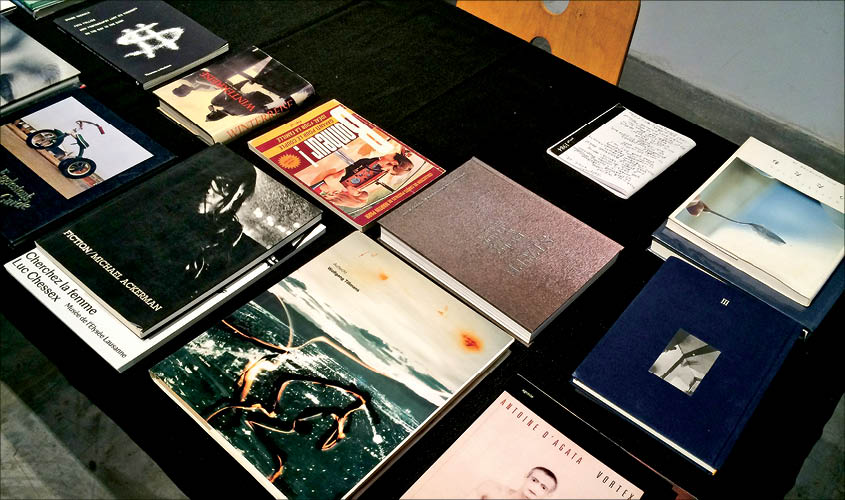Photobooks have come to be regarded as art objects, with contemporary photographers in India and overseas using this relatively new form to reach out to bigger audiences and make their images fit into a larger narrative. A report by Bhumika Popli.
These days, more and more photographers are opting to showcase their life’s work in a book format, rather than using the old model of displaying photographic prints at exhibition galleries. The photobook, in our time, has itself come to be regarded as an art object.
“A photobook is a book—with or without text—where the work’s primary message is carried by photographs. It is a book authored by a photographer or by someone editing or sequencing the work of a photographer, or even a number of photographers. It has a specific character, distinct from the photographic print,” wrote the historian Gerry Badger and photographer Martin Parr, canonising the term “photobook” in their three-volume series, entitled The Photobook: A History.
“Some years back, when I bought Sent a Letter—a photobook by Dayanita Singh on her travels in India—it cost me Rs 6,000. Its current price is Rs 40,000 on an online website, just like an art object,” says Anoop Ray, a Delhi-based photographer, who teaches the craft of making a photobook. According to him, the photobook has a timeless quality attached to it. Art galleries may shut down, websites may be forgotten after a point of time, but images printed in photobooks will always have their own aura, which gets refined with age.

A photobook can be handmade as well as printed. Usually, a handmade photobook is the precursor to its mass-produced printed version, as the former allows an artist to understand how the book will feel and look after publication.
Dileep Prakash, the acclaimed photographer who also teaches the form, speaks to Guardian 20 on the challenges involved in making a photobook. “There are creative decisions involved right from the selection of photographs, their sequence, size and so on. These need a practitioner to be patient through the entire process. Bookmaking should not be a hurried affair. There are scores of different ways to bind a book of which the popular are: section bound and accordion fold.”
Historically, a number of photobooks have been produced, of which the most famous have been August Sander’s Antlitz der Zeit (1929); Atget: Photographe de Paris (1930); and Robert Frank’s The Americans (1958/9).
In India, many photographers, such as Dayanita Singh, Soham Gupta, Arko Datta and Sohrab Hura among others, have delved into the art of creating photobooks. Mahesh Shantaram, a Bangalore-based photographer, is now working on his first book, entitled Matrimania, to be released later this year. The book has a journalistic value as it critiques the social fabric of India by taking a look at our wedding ceremonies. Instead of going to a publisher, he is self-publishing his book with a European printer. “It took almost a year to arrive at the decision to self-publish rather than going with a big-brand photobook publisher. A publisher takes on the bulk of the risk involved in marketing, designing, and distribution. But on the flip side, the publishers profit from artists’ intellectual property. The artist is left with peanuts,” says Shantaram.

He approached a European publisher since there are no prominent Indian publishers working with this format. “I found that big photobook publishers in Europe often ask first-time authors to pay the production money. So they’d publish an entire edition at the author’s expense. To me, this sounds downright exploitative. For my other book, A Portrait Of Racism in India, I’m working directly with my audience through the crowdfunding format.”
Producing a photobook takes years of dedication and hard work. And it’s important to highlight the distinction between coffee-table books and photobooks. “A photobook can be compared to a novel. It has its own language and usually, it is the work of one author. There is a complexity in the narrative where artistic decisions are made, unlike a coffee-table book, which is generic in nature. I think Life is Elsewhere, by Sohrab Hura, is a fine photobook,” says Philippe Calia, a photographer who also runs a photobook library, called BIND, inside the Trilogy bookstore in Mumbai.
Hura says, “I design and publish my own books and that shapes the way I work with my photographs. I’m not sure if it has increased my reach to my audience. In fact, I think it actually narrows down the audience when you take into context the Internet. But the book is there to stay and the audience will increase over the time.”

